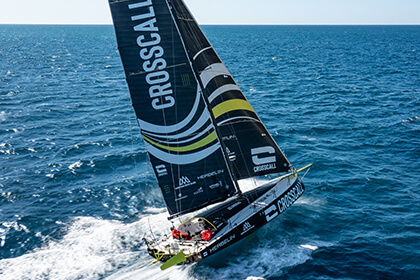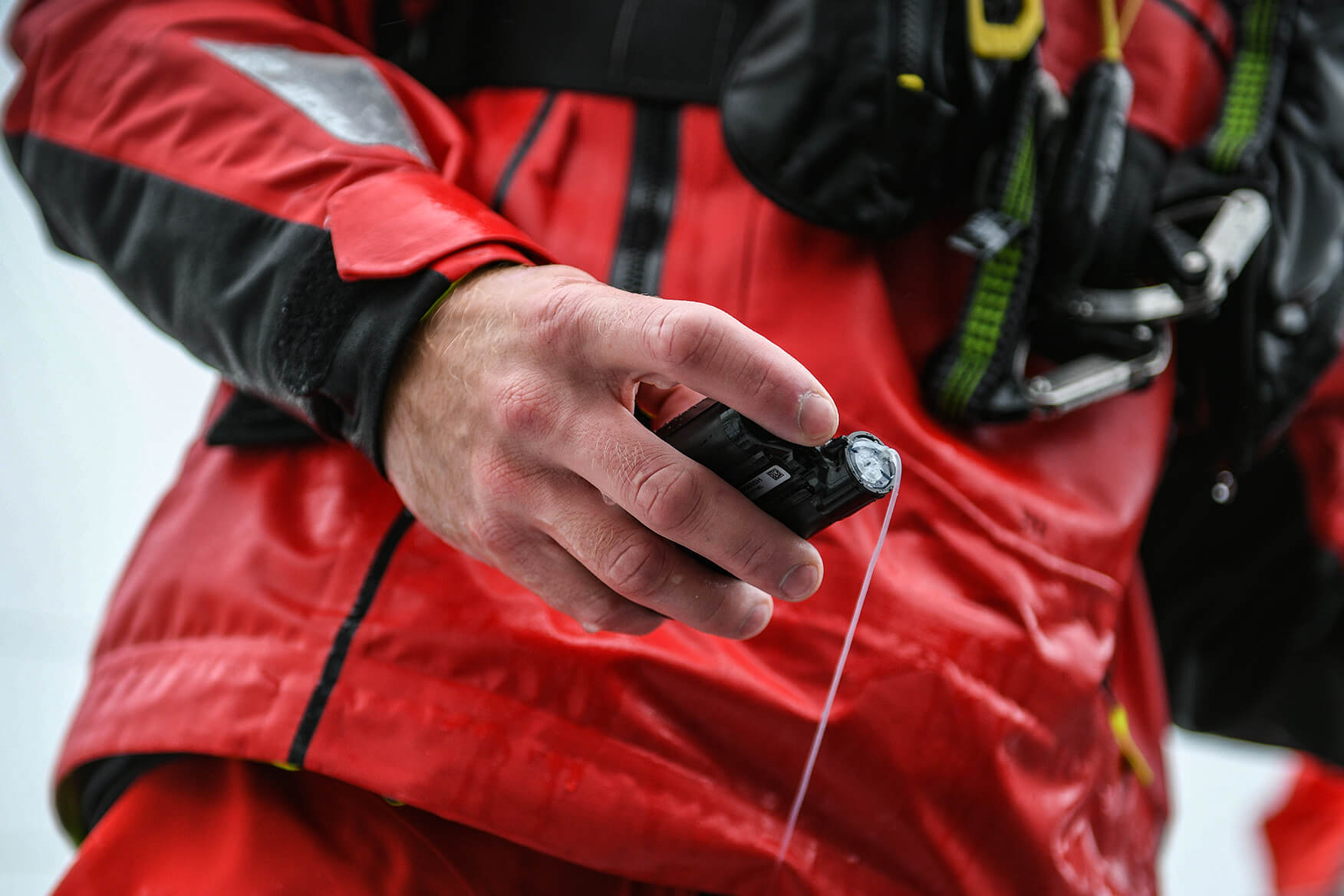

Solo Offshore Sailing with Type 1 Diabetes
August 19, 2021
3 min read
Being an athlete with type 1 diabetes is a challenge, but as a solo sailor, challenge isn’t something I shy away from.
This is how I’ve tackled the many challenges of offshore sailing with diabetes, as I work to accomplish my goals and dreams. At times, offshore sailing can be difficult with type 1 diabetes, which is a condition that generally favors routine. The ocean is unpredictable. And when you’re hundreds of miles away from any support, pushing your physical and mental limits, it’s hard to keep a regular routine.
The Diagnosis: Type 1 Diabetes
I was diagnosed with type 1 diabetes when I was 21, shortly after leaving my course studying engineering at Oxford University to embark on a career in sailing, and to pursue the same dream I have had since I first set foot on a boat aged six - the Vendée Globe, solo, nonstop and unassisted, around the world race.
The Logistics of Sailing with Diabetes
Imagine battling an icy 10-metre North Atlantic swell, in the midst of a powerful depression, while simultaneously fighting nausea and severe sleep deprivation.
At the time, it was easy to miss the symptoms for what they were. I was competing in ‘Sailing Arabia the Tour’, a three-week long, multi stage race around the Arabian Gulf: fatigue was expected through sleep deprivation and physical exertion, while thirst and dehydration seemed normal in the high ambient temperatures. Blurry vision should perhaps have been more of a clue!
My diagnosis hasn’t stopped me, and since then I’ve won major races, broken records on some of the fastest sailing boats on the planet and most recently competed in the famous ‘Route du Rhum’ single handed, transatlantic race from St Malo, France, to Guadeloupe in the Caribbean. The race starts in November, with big winter storms starting to roll in from the North Atlantic. I was on the boat for 18 days and needed to inject myself with an insulin pump very regularly. Often up to 6-7 times a day, when I eat or need to make a correction and on top of this my insulin pump administers insulin constantly at a rate that I pre-programme to cover background insulin requirements. In a race like this your best chance of rescue is nearly always your closest competitors! At times for me, this was over 100 miles. I was not only the first person living with diabetes to complete such a race, but also the youngest competitor, and I rounded out the season championship in fourth place.
I use an insulin pump which side steps the challenges of injecting in a rough sea, and allows me nuanced control over my insulin dosing, as well as a glucose sensor that sticks to my arm and inserts just below the skin. High sugar snacks are always on hand in case of emergency; I prefer jelly babies over specific glucose tablets as you can find them anywhere and they taste good! For serious emergencies I can inject myself with glucagon. These tools allow me to manage the stresses and unpredictability of racing, but most importantly I have to know when to focus on the boat, and when to focus on me. It’s a fine balance.

Technology clearly plays a huge role in allowing me to do my job effectively with the various sensors and devices I use, and the boat is loaded with the latest in technical innovations. Having the best equipment has a big impact on my performance: keeping me warm and dry and in good condition, maintaining good boat speed and moving in the right direction. But I think it’s also about having the right strategies to cope with all the different situations that get thrown at you, being disciplined, level headed and having an innate ability to bounce from setbacks and tackle challenges head on.
Text by Jack Trigger
Photos by James Tomlinson
EXPLORE HELLY HANSEN SAILING GEAR


July 29, 2025 2 min read
The sailor's logbook: Reflections on a changing ocean
Professional sailors share stories of ocean change and action. Featuring Pip Hare and Scott Shawyer from Canada Ocean Racing.

July 23, 2025 3 min read
Helly Hansen and Team AMAALA announce partnership for The Ocean Race Europe
As the Official Clothing Supplier, Helly Hansen will provide the team with professional grade, performance-driven gear.